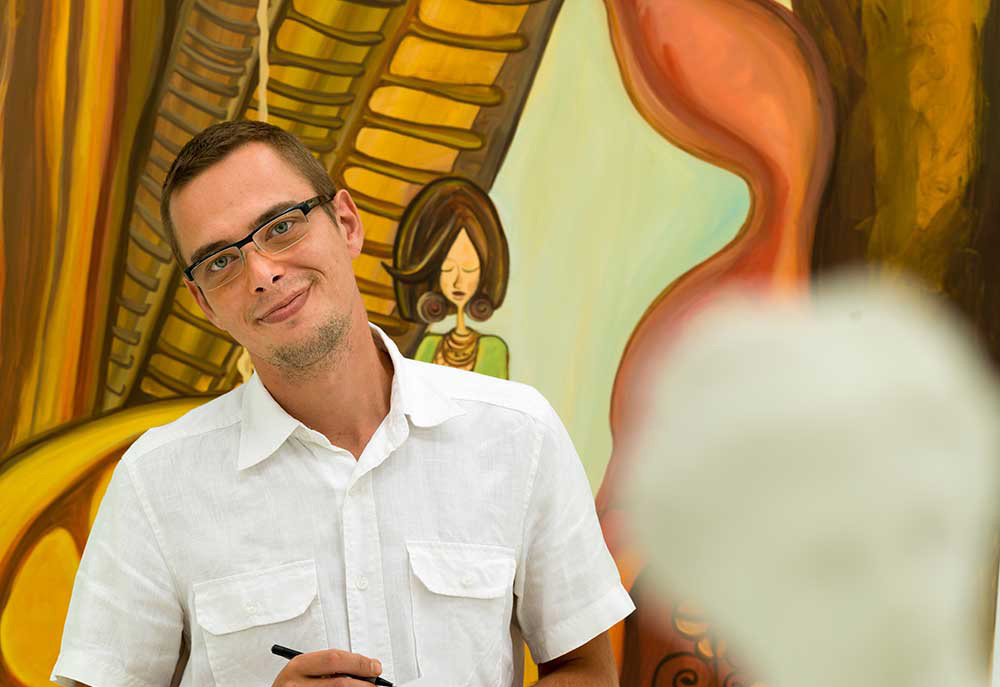Disclaimer: The information on our website is provided for general information purposes only. We make no representations or warranties of any kind, express or implied, about the completeness, accuracy, reliability, suitability or availability with respect to the website or the information contained on our website for any purpose. Any reliance on such information is therefore strictly at your own risk and we are not liable for any damages or losses arising out of or resulting from your reliance on any information contained on our website.
Curators manage, preserve, and maintain historical artifacts. They differentiate an artifacts origins and categorize them by the findings. A curator must be very knowledgeable in history, culture, and art in order to complete this. A curator may also give tours and educate the public or train students on varies historical time periods and its artifacts. Watch a video that explains what curators, conservators, and museum workers do.
How to Become a Curator
Curators most earn a minimum of a Masters degree, however you will first need to earn a bachelor’s degree in order to move own to earn a Masters degree. Most employers would prefer you earn a degree in museum studies, art, history, archeology, anthropology, and other similar areas. It is recommended during or before your graduate studies to obtain an internship. Check out your local communities museums and see if they offer volunteer or internship opportunities.
Job Description of a Curator

A curator usually perform their job tasks onsite. A curator would oversee collections of artwork and/or historic items. They are involved in the preparation of artifacts for storage and shipping. They would assemble, install, and arrange the artifacts for a museum’s exhibitions and secure the safety and condition of the artifact.
They also have the important role of carrying out educational tours to the general public and oversee technical, curatorial and training to students. A curator should be aware of any potential problems that may occur and find ways to correct them. They can be found working in places other than a museum, such as a zoo, historical sites, botanical gardens, and even aquariums. A curator would appraise, edit and maintain records in libraries or museums that are historically valuable. This would include photographing, and documenting an artifact’s condition and status in order to correctly appraise it for value and historical accuracy or other requirement.
Benefits of being a Curator
There are many benefits to being a curator. On top of the list is job satisfaction as they work on subjects they are truly passionate about. In fact, they often handle rare and captivating collections that go back in time. Beyond this, curators also enjoy the opportunity to educate others about the items they work with. Moreover, they have the flexibility to choose work environments that align with their preferences, whether it involves collaboration within a team or independent projects. The dynamic nature of a curator’s daily responsibilities, such as acquiring new objects, ensures that they remain consistently energized and engaged.
Curator Career Video Transcript
Preserving and exhibiting objects from the past… curators, conservators, and museum technicians work to inspire and teach audiences today. They oversee and care for collections of artwork and historic items, and conduct education programs for an institution. Curators (or museum directors) negotiate the purchase, sale, and loan of collections. They are often experts in a particular field, such as botany, art, or history, and may authenticate and categorize the specimens in a collection.
Curators also manage research and educational programs, and represent their institution at events and in the media. Museum technicians protect, document, and oversee the transportation of museum and collection objects. They also answer questions from the public and help curators and outside scholars use the museum’s collections.
Conservators research and preserve works of art and artifacts. They usually specialize in a type of object, such as books, paintings, or architectural material. Conservators use a variety of methods to study objects and reverse years of wear. Curators, museum technicians, and conservators work full time in museums, historical sites, governments, colleges and universities, and corporations.
Curator and conservator positions typically require a master’s degree in a field such as museum studies, conservation, or art history, while museum technicians usually have a related bachelor’s degree. Candidates with internship or volunteer experience in archives or museums are more competitive.
Article Citations
Bureau of Labor Statistics, U.S. Department of Labor, Occupational Outlook Handbook, Archivists, Curators, and Museum Workers.
National Center for O*NET Development. 25-4012.00. O*NET OnLine.
The career video is in the public domain from the U. S. Department of Labor, Employment and Training Administration.

